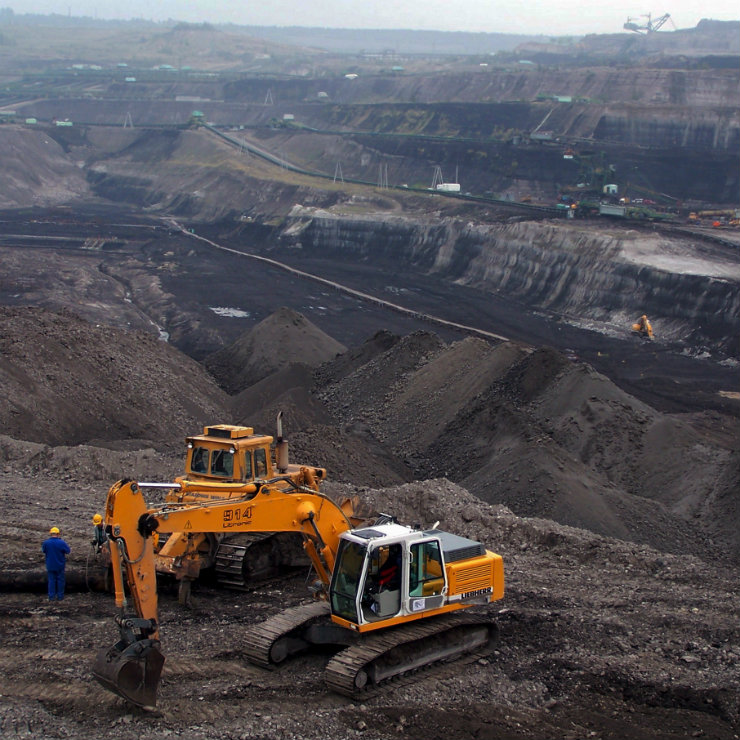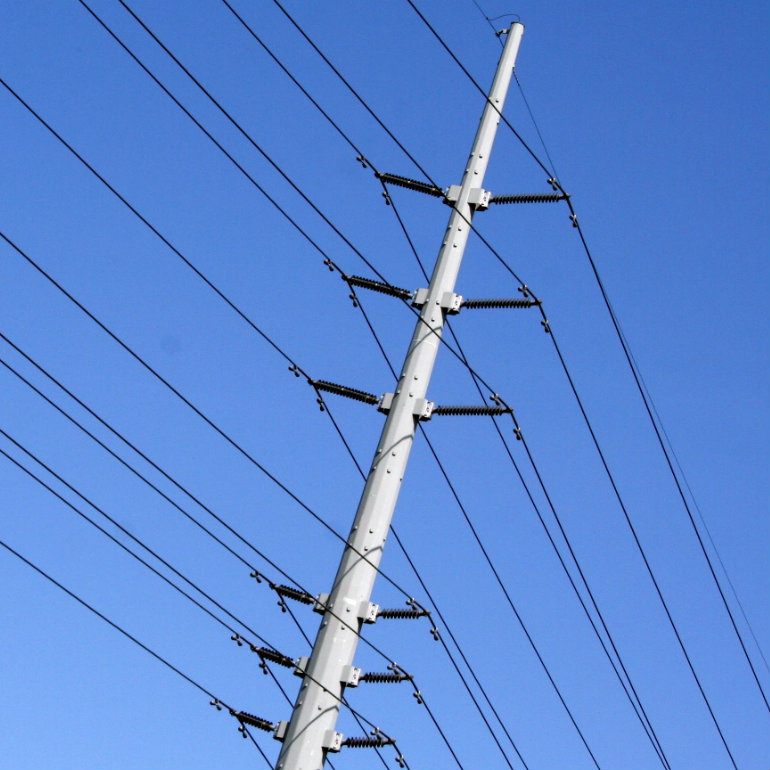
In 2020, the global energy consumption will decrease by about 6 per cent, and more than 3 million energy industry workers have already lost or will lose their jobs. At the same time new investments are needed to ensure that there...

Changing the fuel source of a planned 1-GW power plant in Ostrołęka in northeast Poland, known as Ostrołęka C, from coal to natural gas may delay the project. Ostrołęka was said to be Poland’s last new coal-fired plant,...

Rapidly growing share of renewable energy sources in the production of electricity is turning the energy industry upside down. Some claim that this will lead to a catastrophe, large scale power outages known as “blackouts”....

French President Emmanuel Macron had warned in late 2019 that any country not signed up to ambitious climate plan for 2050 pact would not get financial assistance, with Poland still maintaining its objections and refusing to...

After the release of the TV series “Chernobyl”, the attention of viewers was drawn to the ecological disaster that happened many years ago in Ukraine. Still ecological concerns have been losing the battle with political and...

Polish renewable energy production drops slightly as role of coal power is still strong. According to the latest Polish Energy Market Agency figures, Poland exported less energy than it imported.

The UK insurance company Aviva is the second-largest investor in the Polish coal industry, investing GBP372m (EUR415m), more than any other insurance company apart from Dutch firm Nationale Nederlanden.

As Poland produces over 80 per cent of its electricity from bituminous coal and lignite, and Polish power stations are often obsolete, Poland has the biggest energy problem in the EU.

The governing Law and Justice (PiS) is weighing up legislation that could swing Poland’s energy mix in the direction of coal, shale and possibly biomass.

The European Union introduces the so-called Market Stability Reserve. This is bad news for Poland, because it means an increase of energy prices.